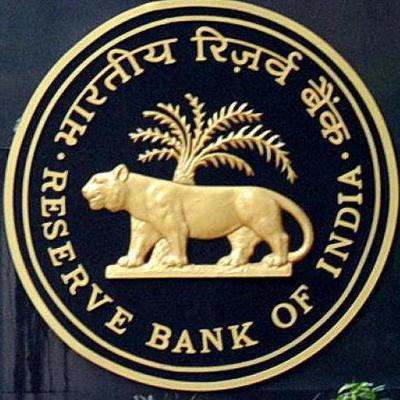
The Reserve Bank of India has placed the supply chain finance offerings of non-banking financial companies under closer inspection. The department of supervision has instructed several prominent shadow banks to consider restructuring their offerings. This move follows concerns that these practices may lack adequate regulation, potentially heightening risks for both NBFCs and their borrowers.
Supply chain finance is a financial arrangement designed to improve the cash flow and working capital of businesses within a supply chain. Typically, it involves a large buyer, such as a retailer or manufacturer, collaborating with a financial institution to offer early payment options to suppliers. NBFCs extend supply chain finance as short-term loans, usually with tenures ranging from 30 to 180 days. Each tranche operates as a distinct term loan within the borrower’s approved credit limit.
READ | Carbon markets: Progress at COP29 amid persistent pitfalls
This financing model is especially appealing to micro, small, and medium enterprises (MSMEs) that experience seasonal or cyclical cash flow requirements. MSMEs often rely on supply chain finance for short-term liquidity, as traditional banks may not adequately cater to their specific needs. While scheduled and commercial banks offer revolving credit facilities like cash credit and overdrafts, supply chain finance provides MSMEs with a tailored solution to ensure operational continuity.
Supply chain finance for MSMEs
Supply chain finance is a lifeline for MSMEs, enabling them to compete with larger players that enjoy well-established credit lines from major financial institutions. The Finance Industry Development Council (FIDC), a trade body representing NBFCs, has opposed the RBI’s directive. The FIDC argues that these financing arrangements are vital for MSMEs, helping them expand their businesses and support smaller suppliers that lack direct market access.

Unlike credit cards, which allow partial payments and continued usage despite overdue balances, NBFC-led supply chain finance operates under stricter guidelines. Any delinquency in repayment can lead to the entire credit exposure being classified as non-performing, with no option for partial payments or rolling over the balance.
Why NBFC regulation is essential
The RBI’s concerns stem from the potential misclassification of supply chain finance as revolving credit by NBFCs. Such misclassifications could result in lax risk management and increased credit exposure. The RBI’s scrutiny seeks to ensure that NBFCs properly assess and manage risks, safeguarding both the financial institutions and their borrowing MSMEs.
The central bank has also extended its regulatory efforts to NBFCs involved in peer-to-peer (P2P) lending. Recent guidelines mandate full disclosure of fees and prohibit matching borrowers and lenders within closed groups. These measures, part of the RBI’s broader regulatory framework, aim to enhance transparency and reduce risks in the P2P lending sector. In May 2023, the RBI banned P2P platforms from entering into default loss guarantee agreements with NBFCs.
Shadow banks: Opportunities and risks
The NBFC sector has emerged as a dominant player in credit financing, with some shadow banks, such as Bajaj Finance and Cholamandalam Finance, boasting valuations that surpass leading private banks. However, NBFCs face criticism for their relative lack of regulatory oversight compared to traditional banks. This opacity poses risks to the financial system. Former RBI Governor Raghuram Rajan highlighted the role of shadow banks in the credit market freeze during the global financial crisis. Failures of shadow banks, such as IL&FS and DHFL, have only reinforced concerns among policymakers and regulators.
Despite these risks, shadow banks play a crucial role in diversifying credit sources, reducing reliance on traditional banks. However, the RBI’s heightened vigilance is aimed at ensuring NBFCs operate safely and meaningfully within the economy. Given their opaque operations, assessing the financial health of NBFCs can be challenging. Any failure in this sector has the potential to disrupt the broader financial ecosystem.
While NBFCs have revolutionised access to credit for MSMEs and other underserved sectors, their growing influence requires commensurate regulatory oversight. The RBI’s timely scrutiny of supply chain finance practices underscores the need for robust risk management in the sector. Ensuring the financial health of NBFCs is not just a safeguard for MSMEs but a critical measure to maintain stability in the larger financial system.
